startups
Fighting Food Waste with Too Good To Go
Food waste is a global concern, but a number of startups are using technology to take on the issue. Luke Christou hears from Mette Lykke, Too Good to Go CEO, to find out how the company is tackling waste in the foodservice industry
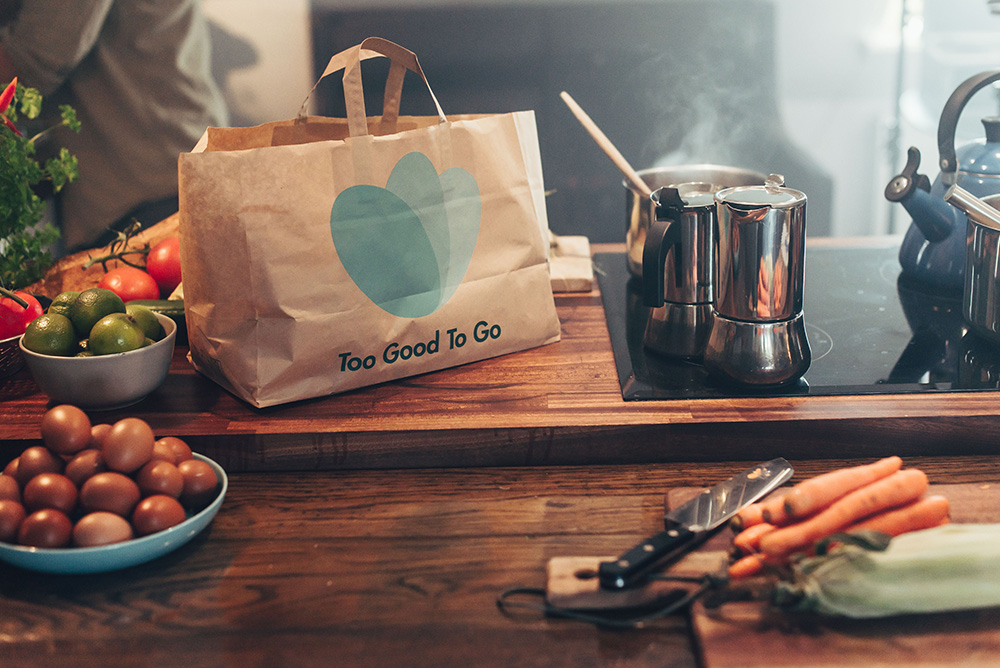
We produce 1.6 billion tons of food for human consumption each year globally. Approximately 530 million tons, or one third of that goes to waste.
Food and greens make up 44% of all human waste, according to the World Bank, with 51 million tons wasted every second. That figure is set to continue rising, with consulting firm Boston Consulting Group predicting that food waste will increase to 66 million tons per second, or 2.1 billion tons annually, by 2030.
Much of this is lost during harvesting and processing as a result of inadequate technology, transportation, storage and cooling infrastructure in developing nations. However, 40% of waste also occurs at the retail and consumer level.
Too Good To Go, a food app, hopes to bring an end to the horror stories of retail bins overflowing with unsold produce.
“Our mission is to inspire and empower everyone to fight food waste together,” Mette Lykke, CEO of Too Good To Go, says. “The North Star is a planet without food waste.”
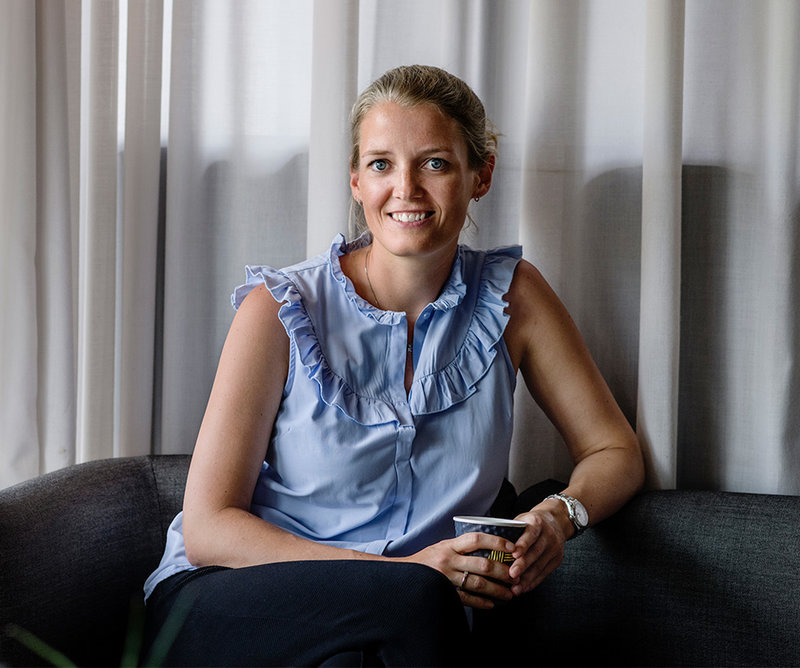
Mette Lykke, CEO, Too Good to Go
Providing consumers with the right tools
Too Good To Go defines itself as a social impact company, focused on ending food waste globally. In recent times, it has been behind a campaign to change date labelling on food packaging to include ‘often good after’ instead of ‘best before’. It has also been pushing for European leaders to set food waste reduction targets, and works with the United Nations to distribute educational materials.
However, central to achieving its goal is its consumer-facing smartphone app. Available on the iOS and Android app stores, this connects potential customers with restaurants, cafes, bakeries, and supermarkets in much the same way food apps such as Uber Eats does.
“Rather than encouraging establishments to produce more food, Too Good To Go provides a platform for them to sell off leftover produce that would otherwise go to waste.”
Yet, rather than encouraging establishments to produce more food, Too Good To Go provides a platform for them to sell off leftover produce that would otherwise go to waste. Through its partner platform, restaurants can adjust their daily supply, edit their pick up times, and make use of data such as the number of unique customers the platform has brought to them, or how many meals they’ve saved.
The app has been designed to offer a simple user experience for both customers and partners. Rather than requiring partner establishments to list every item that is left in stock, customers purchase a ‘Magic Bag’, which is filled with a random assortment of items with a total value of at least £10, at a discounted price. The user pays through the app, then collects their bag from the store during a set time.
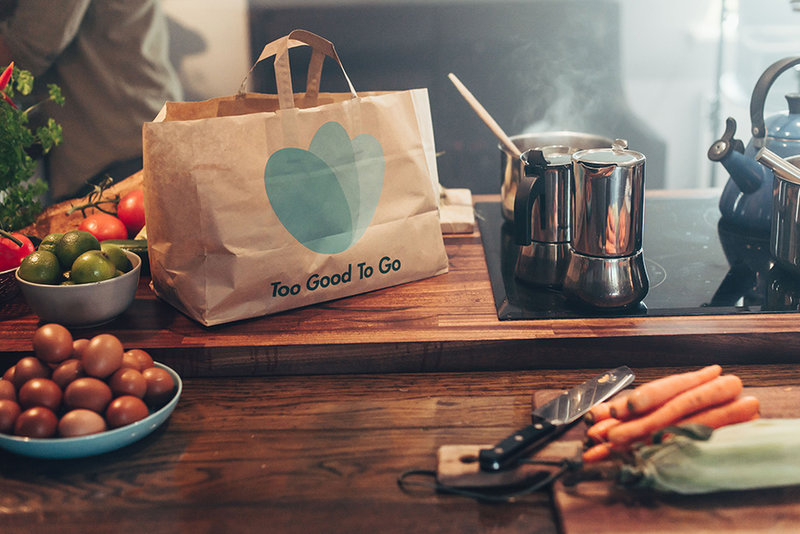
Changing attitudes towards food waste
Consumers are becoming more aware of the impact they, and the businesses they interact with, have on the environment. According to a recent Neilsen study, 81% of global consumers believe that it is extremely or very important for companies to implement initiatives designed to improve the environment.
As a top-rated app on both iOS and Android, Too Good To Go has been able to attract a diverse demographic of users. Some of these users value the company’s mission, and others value a bargain.
“It’s a combination,” Lykke says. “We find that young parents typically really value the mission - they recently brought kids into the world and have this new responsibility, and suddenly think longer term. Then we have students who are probably more into the deal than saving the food. That’s perfectly fine.”
Regardless of buyer intent, the Too Good To Go app has already helped to save 36 million meals globally.
“It’s about trying to create that feeling that you’re doing something important, and that this food really matters.”
However, if it is to achieve its target of removing all food waste, the increasingly popular app will also have to address waste in other areas, such as the household - a bigger contributor to food waste than retail.
“We have a healthy scepticism towards an app trying to do too many things. I think, you know, when you want to build great products, they serve one purpose mainly,” Lykke explains.
Rather than developing new products, the company is focused on using its core app to encourage a change in attitude that will help to reduce food waste in all of these problem areas. When a meal is purchased, for example, the Too Good To Go experience has been designed to make customers feel as if they are genuinely making a difference.
“When you go in and you save a meal, we try to celebrate that,” Lykke explains. “It’s about trying to create that feeling that you’re doing something important, and that this food really matters.
“If we can get that in there, then you’re going to take that home.”
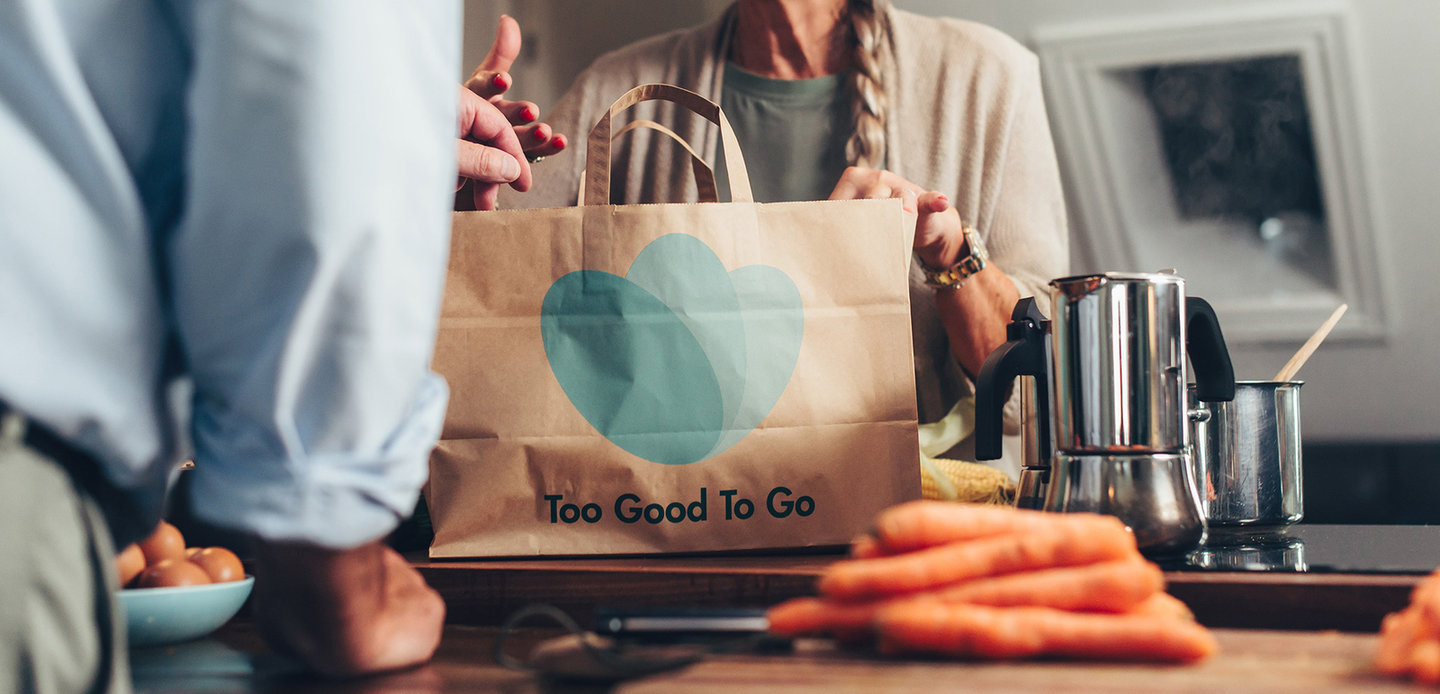
Tech for good
Whether it's Amazon selling controversial facial recognition technology to police forces, or Facebook sharing user data with third parties, technology companies are often viewed in a negative light.
Too Good To Go views itself as a technology company, with a 35-person strong tech team looking after its core product. It faces the same issues as other tech startups too - notably with scalability and regulation as it launched across new, bigger markets.
“If we look back 10 years, a lot of the apps that came out weren’t super useful in the bigger scheme.”
However, it doesn’t want to be a tech company for the title, popularity or profitability it can provide. Instead, it sees itself among a “new wave” of apps that are designed to address real social issues.
“If we look back 10 years, a lot of the apps that came out weren’t super useful in the bigger scheme,” Lykke states. “We don’t need more photo filters. It’s more like the new wave of apps that are actually addressing real problems.
“It’s not tech for the sake of tech. It’s tech for the sake of doing something good. It needs to actually have an impact.”
A no-brainer for eateries
With 22 million app installs across the 15 countries it currently serves, Too Good To Go is having an impact. Some 45,000 establishments are already listed on the platform, and 90,000 tonnes of CO2 release has subsequently been avoided.
And while reducing food waste its primary objective, the company is also proud of the fact that it is doing so in a way that makes business sense - helping its partners to be more sustainable without negatively impacting their bottom line, as other initiatives might.
“We’re pretty proud of the fact that we can actually turn this into a profitable business case for them.”
It makes sense from a financial standpoint - apps like Too Good To Go help companies to reclaim their expenses on unsold goods, and avoid the cost of disposing of it. Likewise, with consumers demanding more sustainable practices from the businesses they interact with, it provides positive marketing for these brands too.
“It’s a lot of eyeballs seeing your brand, and a very positive connection,” Lykke says.
“We’re pretty proud of the fact that we can actually turn this into a profitable business case for them.
“Everything they make with us flows through to the bottom line. The economics make sense, and that’s an important part of it.”
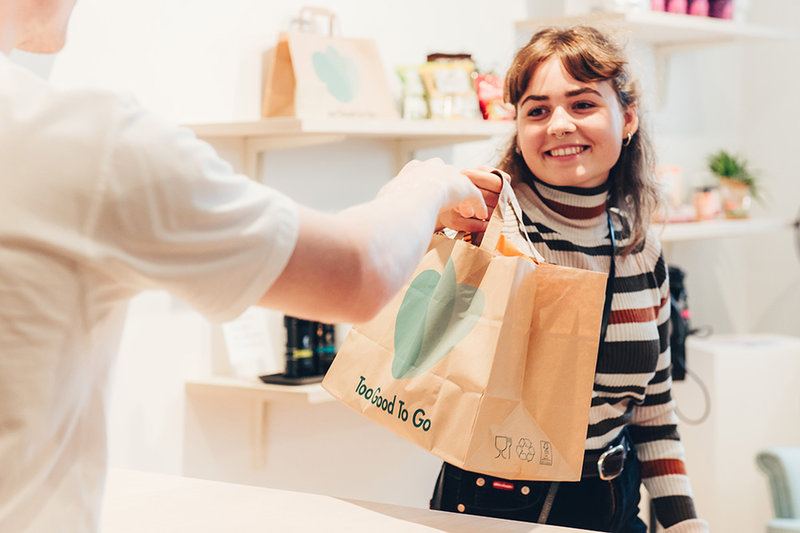
United against food waste
Too Good To Go is focused on achieving what Lykke describes as a goal that is likely “never going to happen”.
Lykke welcomes more companies joining the fight against food waste. Many other companies are doing just that: from Apeel Sciences, the company behind a plant-derived, edible protective coating that can significantly extend the shelf life of fruits and vegetables; to those building educational games, apps, and tools designed to educate people on food waste.
“It starts with the awareness,” says Lykke, “and then people need the tools to actually do something.”
Images courtesy of Too Good to Go
Back to top